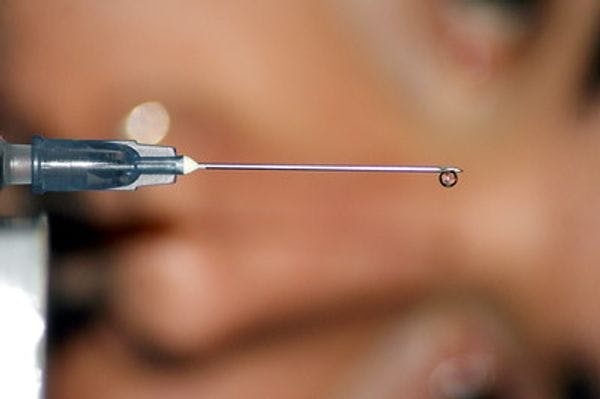Flickr - Nicola Sap De Mitri - CC BY-SA 2.0
Profil et corrélations concernant les blessures et les maladies liées à l'usage de drogues injectables chez des personnes usagères des drogues en Australie
Colledge et al. ont constaté une forte prévalence de blessures et de maladies, et ont conclu sur la nécessité d'élargir l'offre de services, en particulier des services à bas seuil. Pour en savoir plus, en anglais, veuillez lire les informations ci-dessous.
By National Drug and Alcohol Research Centre
One-third (34 per cent) of a sample of people who inject drugs (PWID), reported non-viral injecting related injuries and diseases (IRID), which could be prevented.
In a new report by researchers at the National Drug and Alcohol Research Centre (NDARC), UNSW Sydney, data from 897 face-to-face interviews with PWID from the 2019 Illicit Drug Reporting System (IDRS) were analysed.
Nerve damage was most frequently reported (n=172; 19.0%), followed by artery injection (n=127; 14.0%), skin and soft tissue infection (n=105; 12.0%), and thrombophlebitis (n=65; 7.0%).
Lead author, Ms Samantha Colledge said, “Among those who reported any IRID, nearly half (46.3%) reported more than one type (n=143; 16.0% of the total sample).”
Around 15 per cent of PWID reported multiple IRID types.
“Expanding the capacity of low-threshold services to detect and treat common and less serious IRID is likely to produce significant benefits by reducing morbidity, hospitalisations and costs of treating more serious presentations,” said Ms Colledge.
The results suggest that those reporting more harms had more trouble accessing sterile injecting equipment and were much more likely to re-use their own needles.
“Participants were largely recruited from needle-syringe exchange programs and treatment sites, meaning they already have a high level of engagement with harm reduction services,” said Ms Colledge.
“Efforts to close the gap so that every injection is covered by a sterile needle are vital to not only reduce the burden of blood borne viruses but non-viral IRID also.”
The paper calls for improving injecting technique, increasing access to equipment and expanding capabilities of low-threshold services.
“Although less understood, non-viral injecting harms can be incredibly debilitating or fatal. Practising safe injecting, as well as employing methods for early detection and treatment, are simple solutions to reduce the burden of these harms.”
